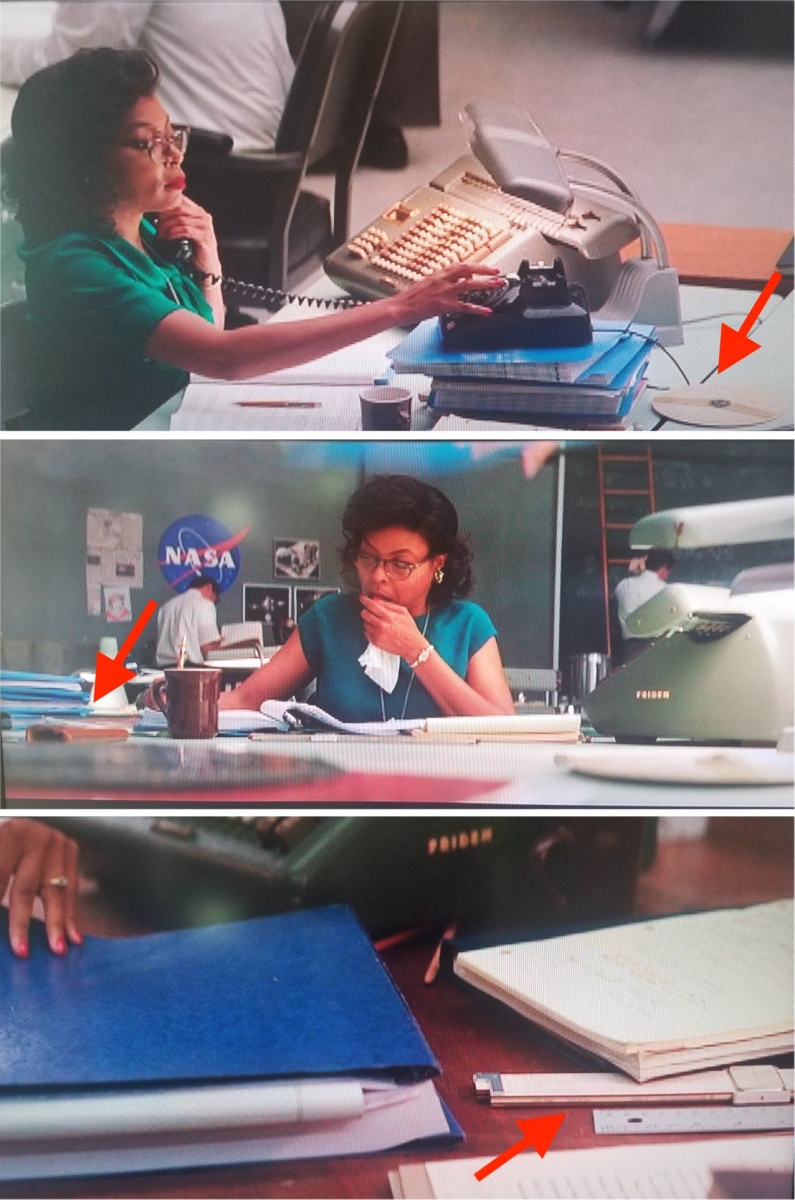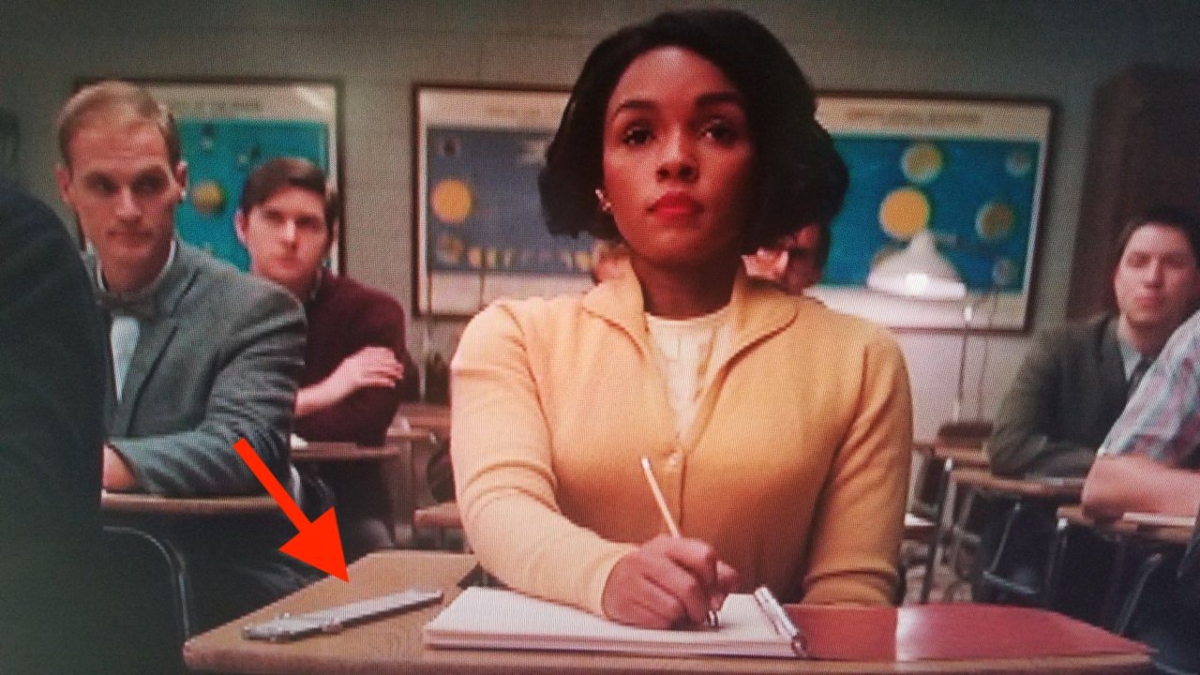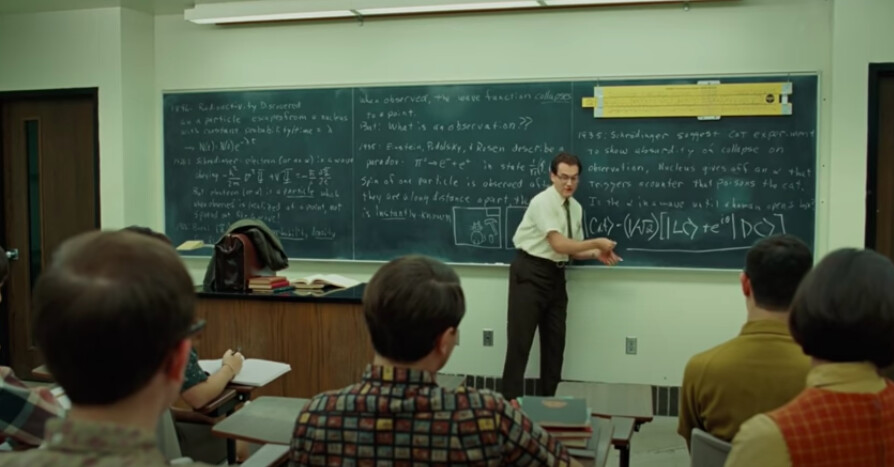- About MAA
- Membership
- MAA Publications
- Periodicals
- Blogs
- MAA Book Series
- MAA Press (an imprint of the AMS)
- MAA Notes
- MAA Reviews
- Mathematical Communication
- Information for Libraries
- Author Resources
- Advertise with MAA
- Meetings
- Competitions
- Programs
- Communities
- MAA Sections
- SIGMAA
- MAA Connect
- Students
- MAA Awards
- Awards Booklets
- Writing Awards
- Teaching Awards
- Service Awards
- Research Awards
- Lecture Awards
- Putnam Competition Individual and Team Winners
- D. E. Shaw Group AMC 8 Awards & Certificates
- Maryam Mirzakhani AMC 10 A Awards & Certificates
- Two Sigma AMC 10 B Awards & Certificates
- Jane Street AMC 12 A Awards & Certificates
- Akamai AMC 12 B Awards & Certificates
- High School Teachers
- News
You are here
Keys to Mathematical Treasure Chests: Classroom Slide Rules
Slide rules are analog calculating devices that were invented in the 17th century, in part to aid with computing logarithms. Slide rules typically consist of a top and bottom frame with a sliding middle piece. All three parts are marked with scales. In general, a user chooses the two scales needed to solve an equation (one of which is on the slide), moves a transparent viewer called a cursor and marked with a guideline to the first value in the equation on the scale on the frame, moves the beginning point on the scale on the slide to be adjacent with that value, looks at the second value in the equation on the scale on the slide and moves the cursor to that point, and reads the solution from the adjacent point on the scale on the frame. The moving slide helped inspire the slide rule’s nickname of “slipstick”.
Slide rules remained in continuous use for over three centuries, but they were most widely adopted from about 1890 to 1970, when they were essential aids for the full range of engineering disciplines as well as for professionals in fields from applied mathematics to manufacturing and sales to finance. They then disappeared very quickly, thanks to the advent of electronic calculators, to the extent that anyone born after about 1980 might have seen them only in films about topics such as space exploration. For instance, the online International Slide Rule Museum’s gallery of “people with slide rules” includes screenshots from the 2016 hit Hidden Figures, which was based on the same-named nonfiction book by Margo Shetterly [Kidwell 2017].


Figure 1. Slide rules on the desks of Katherine Johnson (Taraji P. Henson) and Mary
Jackson (Janelle Monáe) as shown in scenes from Hidden Figures. Note that slide rules
did not have to be rectangular in shape—some were circular, as in the top photo, or cylindrical—and
were often stored in leather cases, as in the second photo. International Slide Rule Museum.
If slide rules were once ubiquitous, it stands to reason that many people were formally taught how to use them. Indeed, scenes from A Serious Man, the 2009 film written and directed by Joel and Ethan Coen, echo real-life photographs by depicting oversized slide rules used to demonstrate calculations to a class of students.


Figure 2. Above: The character Larry Gopnik (Michael Stuhlbarg) teaches a 1967 physics class with a Pickett demonstration slide rule mounted on the blackboard behind him in this screenshot from A Serious Man. Below: A demonstration slide rule (probably by Keuffel & Esser) was mounted on the blackboard in the University School mathematics class taught by Mr. Peak at Indiana University, photographed on May 8, 1947.
EdS, “Slide rules at the movies,” Retro Computing, May 18, 2021; International Slide Rule Museum.
In this installment of “Keys to Mathematical Treasure Chests,” we look at slide rules as 20th-century American high school and undergraduate students encountered them in mathematics, physics, and engineering classrooms. First, demonstration slide rules that could be mounted on walls and blackboards will be presented. Second, a few of the models designed specifically for student use will be discussed. In both cases, readers will be invited to explore online and open-access catalogues and websites containing thousands of images and descriptions of slide rules. The article will also highlight websites and emulators that offer resources for sharing this visual approach to solving equations with 21st-century students.
Amy Ackerberg-Hastings (MAA Convergence), "Keys to Mathematical Treasure Chests: Classroom Slide Rules," Convergence (September 2023), DOI:10.4169/20230902




